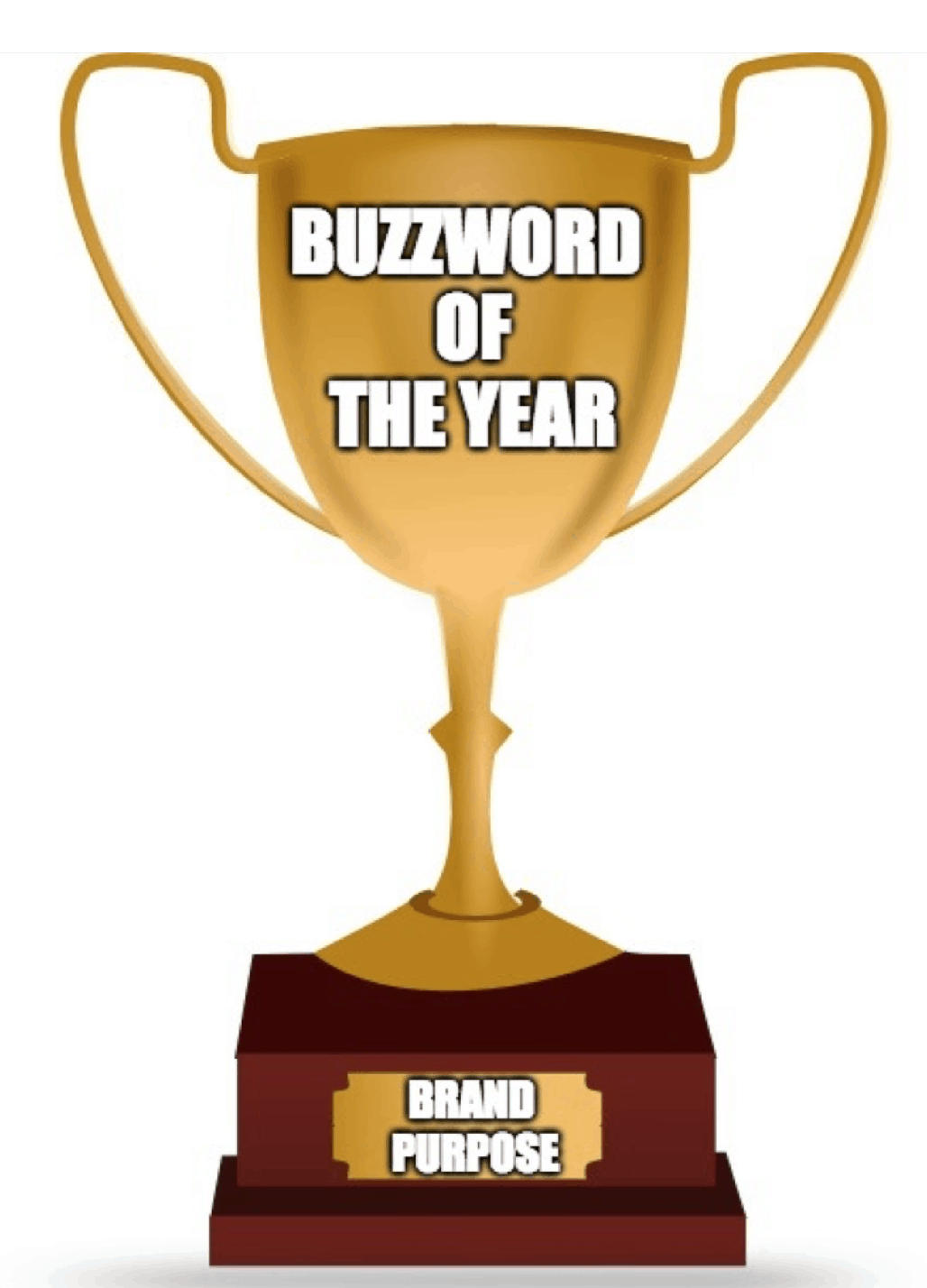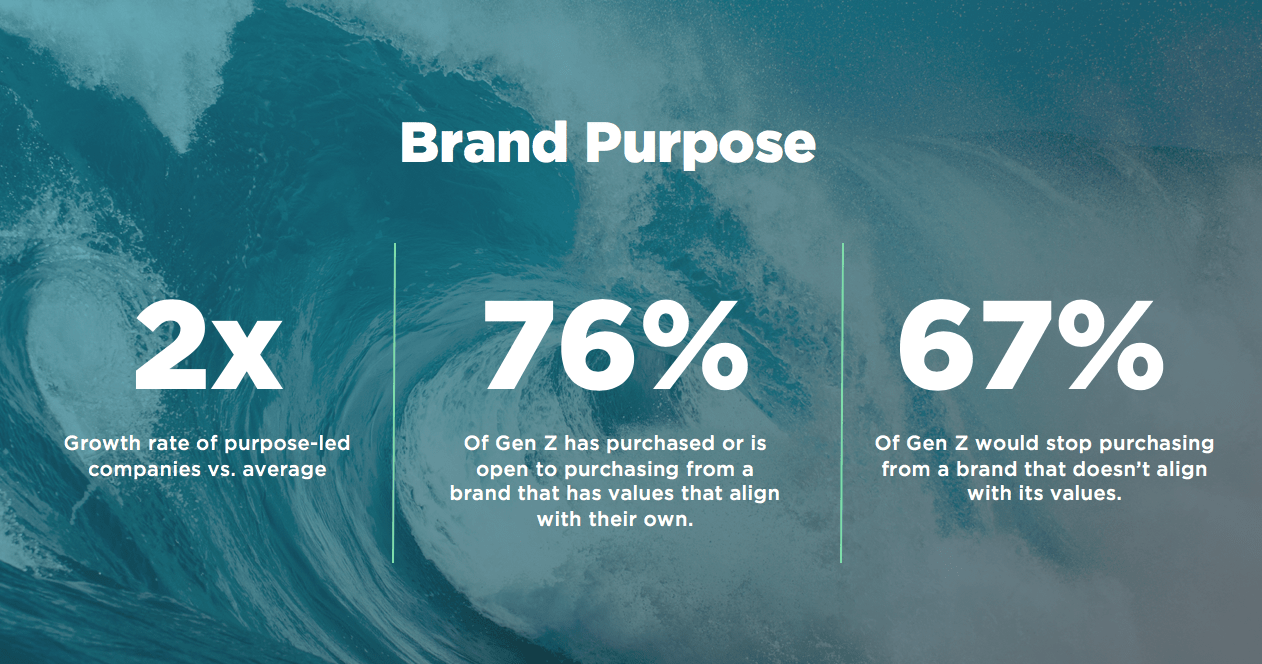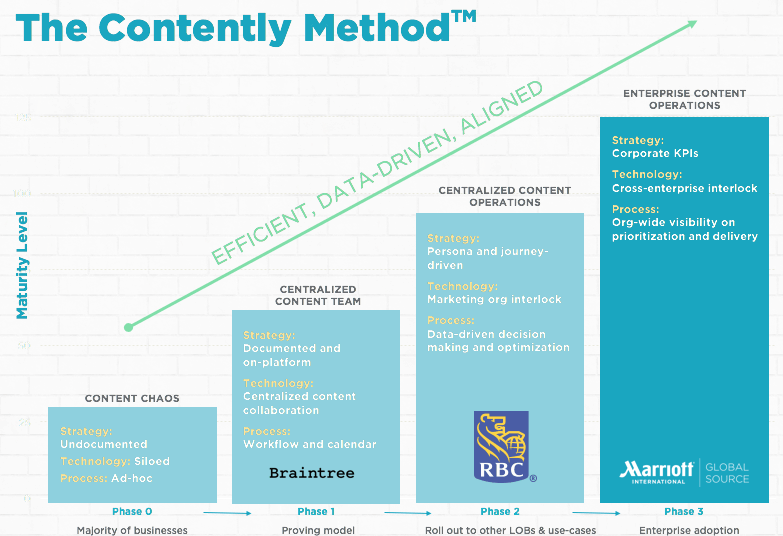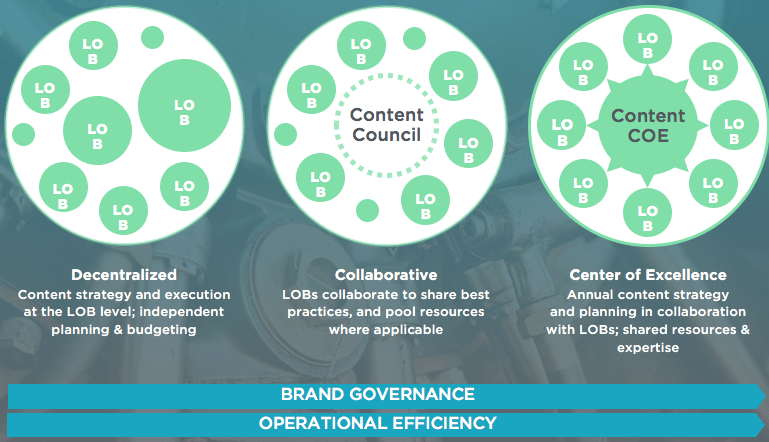Strategy
State of Content Marketing 2019: Creativity Strikes Back
A few years ago, I consulted for a client that sold outdoor travel gear and wanted to tell adventure stories. The brand had a slick new site, detailed persona work, and a strong SEO gameplan. Except they had one rule: In these adventure stories, no one could ever get wet.
If a writer even introduced the concept of rain or mist or even splash-back from some rapids, there would be hell to pay. Danger, too, was totally out of the question. Anything that even hinted as a bad time was a no-go.
Unsurprisingly, the project was a disaster. The editing process was excruciating, and every half-decent writer quit after one story. Actually, the stories weren’t really stories. Without tension, they were just milquetoast diary entries, so readers never returned. The lower-level managers running the day-to-day of the program knew it was insane, but their hands were tied. Their bosses shrugged off the failure by blaming an entire industry. “Content marketing just doesn’t work,” they said.
I’ve worked at Contently, one of the pioneers in content marketing, since 2013. I’d love to sit here and tell you that the industry has seen smooth sailing, but that’d be a lie. The truth is a lot of companies have figured out content marketing and turned it into their secret weapon, driving hockey-stick growth and leaving their competitors lingering in the shadows. But even more companies have struggled to get their programs off the ground and dismissed great content as “just too hard.”
As Contently’s head of content strategy, I spend most of my time as a content therapist, traveling around the country to help prospects and clients work through their biggest marketing challenges. After hundreds of meetings and workshops this year, I feel confident that content marketing is about to take a big leap—thanks to a few key factors.
1. Creativity strikes back
Back in 2013, brands started hiring journalists to work on their content programs. Many of those folks found themselves totally alone, surrounded by people who had no idea how to develop good editorial content. Basically, they were this guy:

Some of those journalists quit and went back to their old world. But a lot of them stuck it out. They painfully got buy-in across their org and learned about the business side of marketing. Slowly, they brought on other smart people with great storytelling skills to join them in the fight. Now, five years later, they’re ascending to powerful leadership positions.
The epitome of this person is my friend Margaret Magnarelli. She’s the former editor of Money magazine and now the VP of marketing at Monster.com. Millions of people read Monster’s content each month. The brand has won or been nominated for just about every content marketing award on the planet. And content is a big driver of business. But it didn’t come without a ton of hustle.
“The first thing I did was go around to every person I thought could possibly touch content in any way and say, ‘What do you think I should do, and how can I help you do your job?'” she told me. “That really helped me understand a lot of things that I didn’t understand coming from journalism—how I could work with these people and if I could align my KPIs with their KPIs.”
As she’s proven the business value of her program, her team has steadily grown, and she’s brought in some great editorial minds. (Her B2C content manager, for instance, is the former editorial director of Conde Nast Traveler.)

Pictured above: Margaret Magnarelli, VP of Marketing at Monster, who will hate me for this.
There’s good reason to be optimistic about the future of content marketing because more people with the special combination of storytelling skills and business savvy like Margaret are now in charge of major marketing programs. And they’re investing in great content.
2. The brand purpose craze
If you’re looking for a buzzword of the year—let’s just assume you are—it’s “brand purpose.” I even made a trophy in Clipart.

Pictured above: My design skills, once again proving that I am a true triple threat.
Brand purpose has been percolating in the most inner circles of marketing buzzspeak for years now, but in 2018, it really took over. The big driver was a group of studies that showed brand purpose was a business imperative, particularly if you want to reach Gen Z, those pesky youngsters who grew up with iPhones for hands and YouTube for parents.

The stat that really gets everyone going is 67 percent of Gen Z would stop purchasing from a brand that doesn’t align with its values. (A separate Edelman study found that number at 57 percent, across age groups.) This left brands scrambling to figure out their purpose—which really shouldn’t have been such a mystery in the first place.
Just look at GE Reports, which has built a dedicated newsletter of over 100,000 people and regularly goes viral on Reddit by covering the company’s amazing new inventions and initiatives across renewable energy and air travel. Or look at Hubspot, which has built a dedicated following by helping millions of people master inbound marketing and grow their businesses.
Whatever your mission or purpose, remember that content is the best way to show people what your brand really cares about.
3. The content center of excellence
This year, I’ve seen enterprise brands started to come to grips with the harsh reality that they have dozens of departments and LOBs creating content in silos, with little brand governance and quality control. In many cases, groups are undermining each other, creating contradictory or repetitive content. It’s chaos.

The good news: A lot of these brands have had a come-to-Jesus moment. To avoid the chaos, they created centralized teams or content councils for all parts of the org. Often, these councils are led by the star team that’s already figured out content for an individual line of business. As a reward, they get to go through the painful process of spreading their expertise to the rest of the business, setting clear content strategies, measurement frameworks, and processes for creating content. Yay!

This process is painful, but it also:
a) is a big sign that brands are taking content marketing seriously
b) will ensure that content performance is mapped to real business outcomes, which will only help it grow in performance.
This is so significant. Honestly, content marketing shouldn’t be its own discipline. We’ve reached a stage where brands need great content at every buyer touchpoint—from their Instagram posts to sales enablement emails to pitch decks—to win people over. Great content is an inherent part of good marketing. And in 2019, we’re going to see that become true. It’s been a messy adventure, but who cares if we got a little wet?
Image by iStockPhotoGet better at your job right now.
Read our monthly newsletter to master content marketing. It’s made for marketers, creators, and everyone in between.




